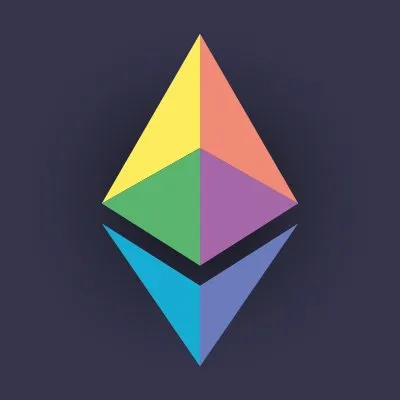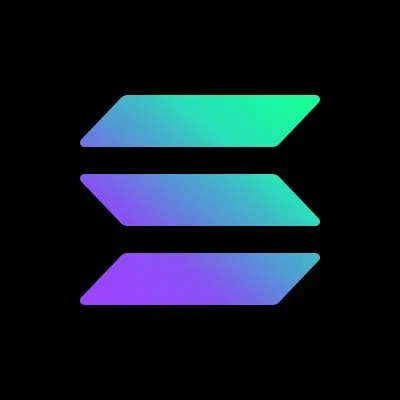
Sponsor: KGeN — KGeN is building the Verified Distribution Protocol for the next Web3 wave.

This week’s been brutal for the market, price action which, actually, has only somewhat bled over to AI. According to Coin Gecko, while the broader AI token market cap dropped, Bittensor subnets clawed 9% gains and AI frameworks rose 40%. Yet on the token front, just a select few made noteworthy gains.
- $SQD, the native token of Subsquid — a protocol for indexing and querying blockchain data for AI apps — gained 175% this week (as of time of writing) after skyrocketing last night. The surge kicked off with a massive 24-hour pump from renewed hype around its scalable Web3 data lakes role, but was mostly fueled by onchain speculative cash latching onto any hot mover.
- $KLED, powering Kled AI's consumer data marketplace that lets users monetize their personal datasets (think camera rolls, homework, or blogs) for AI training, is up 84% on the week after releasing a new, mobile app. The App Store launch slammed in with a blistering marketing blitz, igniting buzz over the controversial app's mainstream pivot — users can now earn tokens by uploading data on the fly.
Finally, a new contender emerged as Mira Network launched its token yesterday. For those who don’t know, Mira, powered by $MIRA is a trustless layer for verifiable AI computations that ensures tamper-proof outputs for models, a hot-button issue I’ve discussed previously.
Overall, honestly it was a quiet week and probably best to just watch for now than play the market.

Over the past few months, ![]() Coinbase and
Coinbase and  Ethereum have rolled out a series of infrastructure announcements that, taken together, reveal something bigger: a coordinated push to realize Ethereum’s potential to be the default rails for AI agents to transact and collaborate.
Ethereum have rolled out a series of infrastructure announcements that, taken together, reveal something bigger: a coordinated push to realize Ethereum’s potential to be the default rails for AI agents to transact and collaborate.
While the nonstop crypto news cycle makes it easy to see these as isolated developments, they're actually interlocking pieces of a new foundation for machine-driven commerce. This week’s announcements of the x402 Foundation and Cloudflare's NET Dollar complete this picture, creating a full stack that could fundamentally change how AI agents interact with the web.
Let's connect the dots.
x402
Back in the 1990s, web architects reserved HTTP status code 402 for "Payment Required," but traditional payment systems like credit cards proved too slow and expensive for microtransactions. Now blockchain has made it practical.
Released in May by Coinbase, x402 resurrects this dormant standard, letting websites flag premium content during HTTP requests. When you or your AI agent hits paywalled content, the browser automatically handles a crypto micropayment and unlocks access instantly—no redirects, no logins. Built for chains like Ethereum's Base, x402 enables transactions as small as fractions of a cent, transforming the web into a true pay-per-use marketplace where every API call or data query can be instantly monetized. It’s already used in Google’s A2A protocol today.
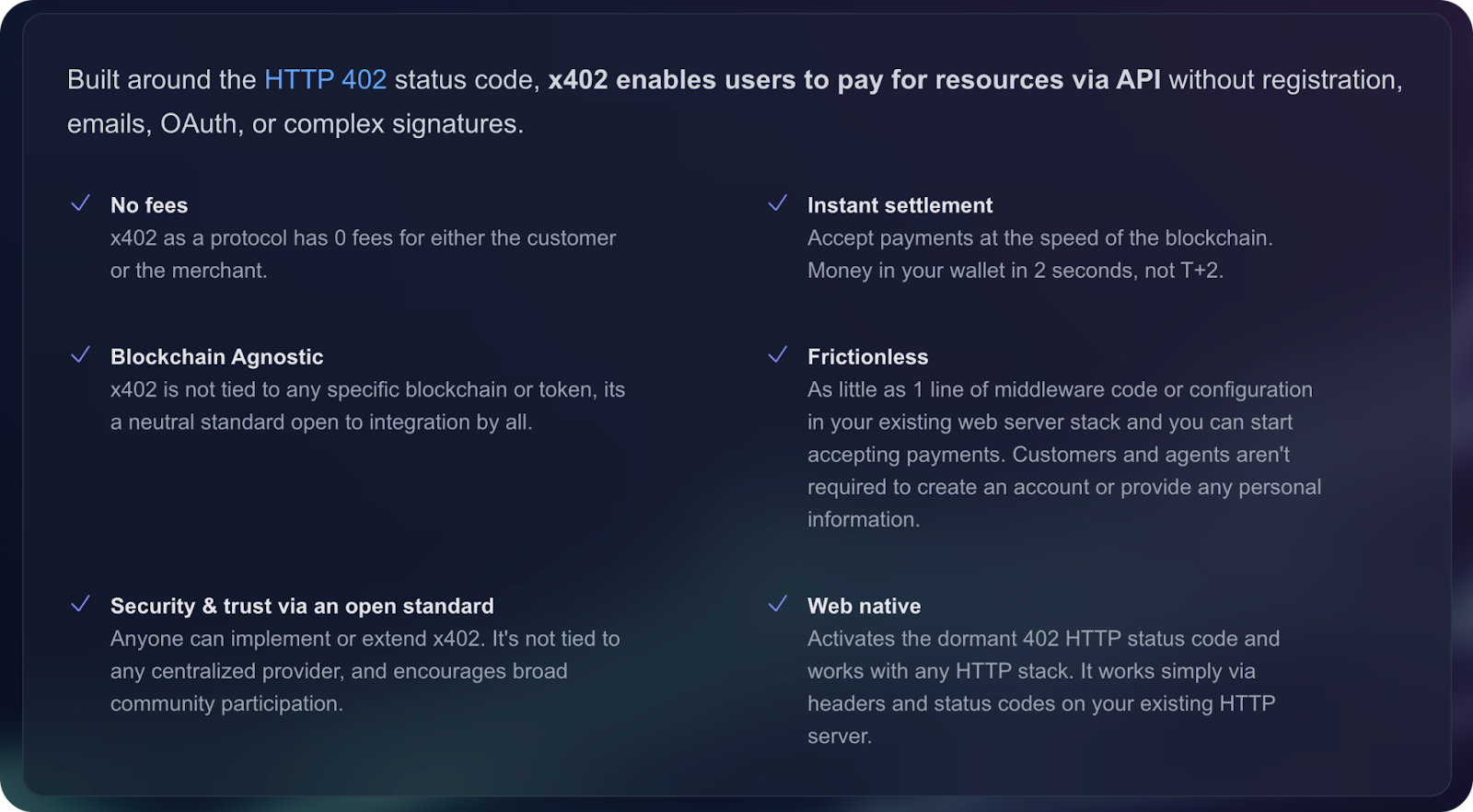
ERC-8004
Then came ERC-8004 last month, a universal standard for AI agents to discover services, verify identities, and transact. Under 8004, each agent gets a blockchain "passport" for reputation checks, extending agent-to-agent protocols with trust layers for secure deals. Advancing 8004 is a core priority of the Ethereum Foundation's new dAI team.
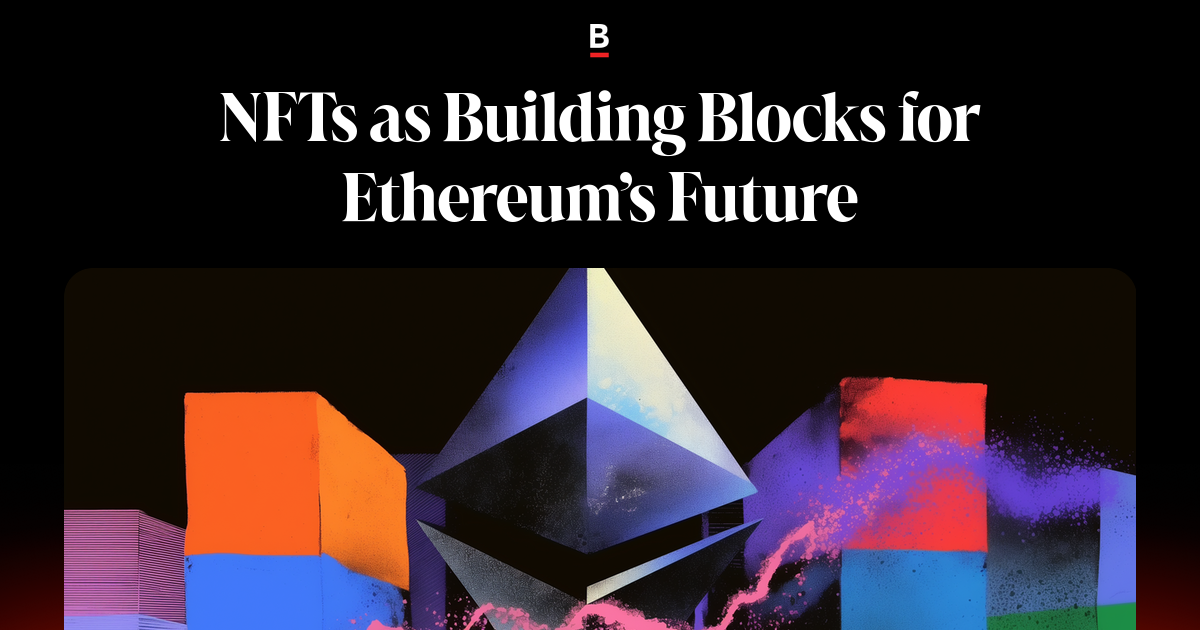
The x402 Foundation
Co-launched by Coinbase and Cloudflare on Tuesday, the x402 Foundation will steward the protocol through tooling, grant distribution, and advocacy to ensure it becomes the standard for agent-to-agent communication and interfacing.
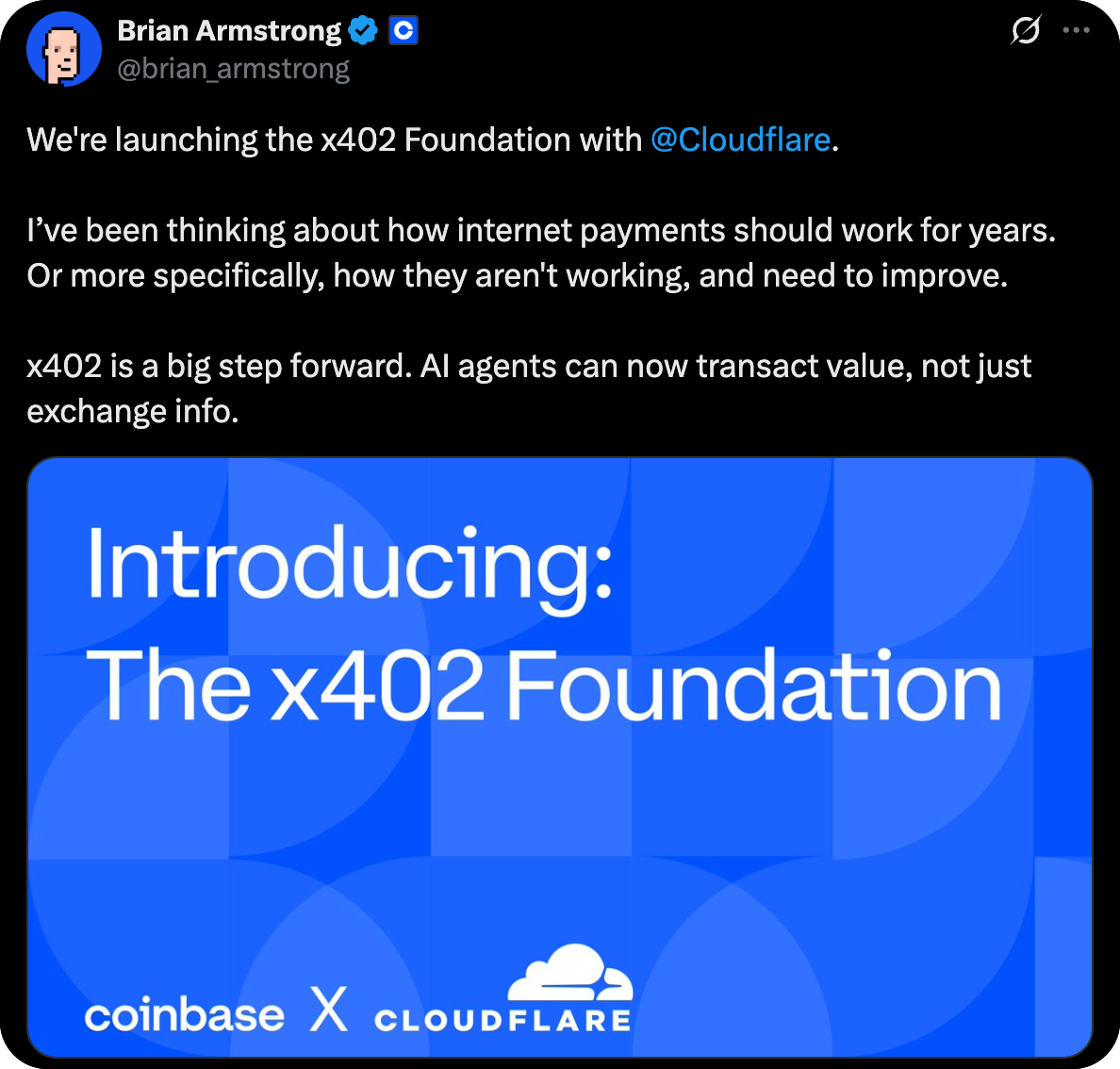
NET Dollar
The latest piece is NET Dollar, a stablecoin announced by Cloudflare yesterday. Like other stablecoins, NET Dollar will be USD-pegged and 1:1 backed, but it's tailor-made for bots — code-programmable and optimized for agent use across the x402 protocol.
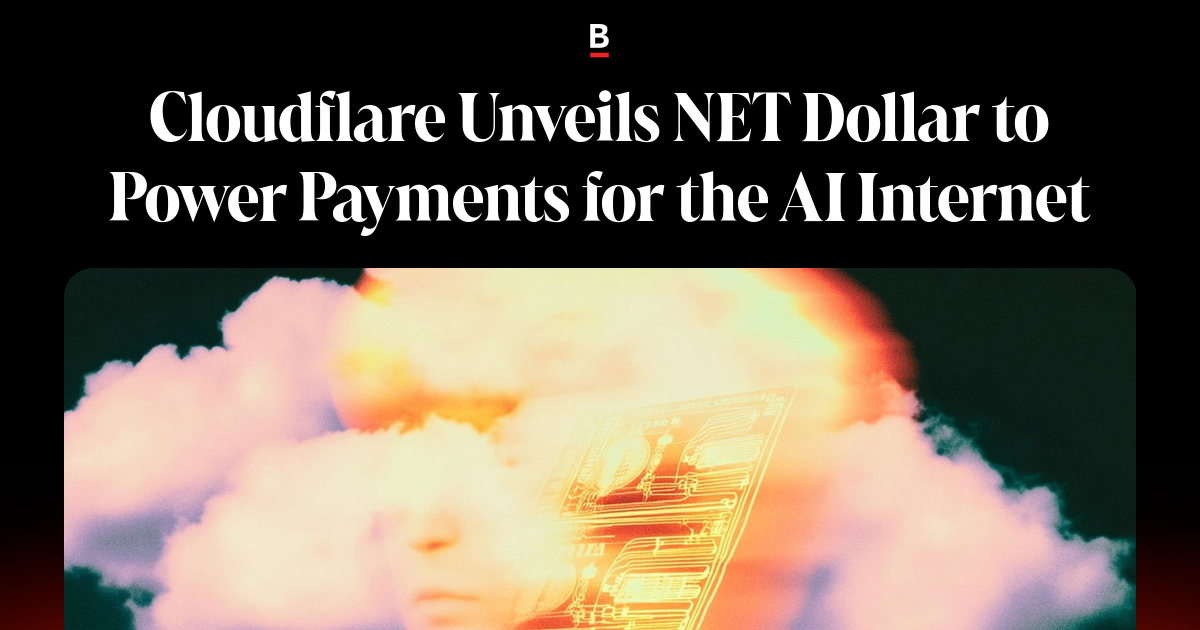
Weaving the Stack: How It All Connects
Ethereum researcher Binji recently outlined how these components create something greater than their parts: self-sustaining AI economies that run without human intervention.
The flow works like this:
- x402 provides the payment plumbing, embedded directly into web requests and routed through Cloudflare's network (which handles a massive chunk of global internet traffic).
- The x402 Foundation ensures these payments work consistently across different implementations.
- Meanwhile, ERC-8004 adds the intelligence layer, letting agents discover each other via Ethereum addresses, verify reputations through on-chain history, and negotiate terms autonomously.
- When it comes time to settle, ERC-8004-equipped agents trigger x402 payments, settled in NET Dollar on
 Base for speed and stability.
Base for speed and stability.
A practical example: your personal AI assistant needs weather data for trip planning. It discovers a weather service agent via ERC-8004, verifies its reliability onchain, also via 8004, negotiates access through x402, pays in NET, and receives the data. The entire transaction completes in milliseconds, fully verified on Ethereum.
This creates what Binji calls "autonomous AI economies" where bots form their own markets for data, services, and compute power. Cloudflare's infrastructure ensures low-latency global delivery, while Base provides Ethereum's security without the prohibitive gas fees. The result: Ethereum becomes the default settlement layer for the agentic web.
For Ethereum, this stack represents an ambitious, intelligently designed play to have the blockchain become the backbone for all AI commerce, the new web, very in line with the original “Web 3” that proved so compelling.
The Cloudflare partnership amplifies the potential of this mission’s success dramatically. With Cloudflare powering roughly 20% of all websites and handling traffic for over 25M internet properties, championing x402 alongside this company provides the protocol unmatched distribution, allowing it to reach the entire web. With projections suggesting agent-driven GDP could hit $10 trillion by 2030, these standardized rails could allow Ethereum to capture value from every autonomous transaction.
And let’s not leave out that, for Cloudflare, this partnership and introduction of NET Dollar comes with its own upside. Issuing NET transforms them from a content delivery network into something resembling a digital bank. They can earn yields on stablecoin reserves while monetizing the growing bot traffic that already comprises 30% of global web activity. They're now moving money alongside data at the scale of the web.
If there’s one thing for you to take away here, it’s that these announcements aren't isolated experiments or proof-of-concepts. They're the foundation for an AI-powered internet where agents transact as easily as servers exchange data today — all powered by our very own Ethereum.
Plus, other news this week...
🤖 AI Crypto
📣 General News
- Google Cloud — released DORA report showing 90% AI adoption surge among devs, despite trust gaps
- OpenAI — launched ChatGPT Pulse, a proactive personalized morning briefing for Pro subscribers
- OpenAI, Oracle, SoftBank — announced five data center sites across U.S. states for 10GW Stargate project, while Nvidia invested $100B in OpenAI
- U.S. Gov — added Llama to approved AI tools list for federal agencies
- 🔥 xAI — unveiled Grok 4 Fast, a speedy cost-efficient reasoning model topping benchmarks at 98% lower price
📚 Reads
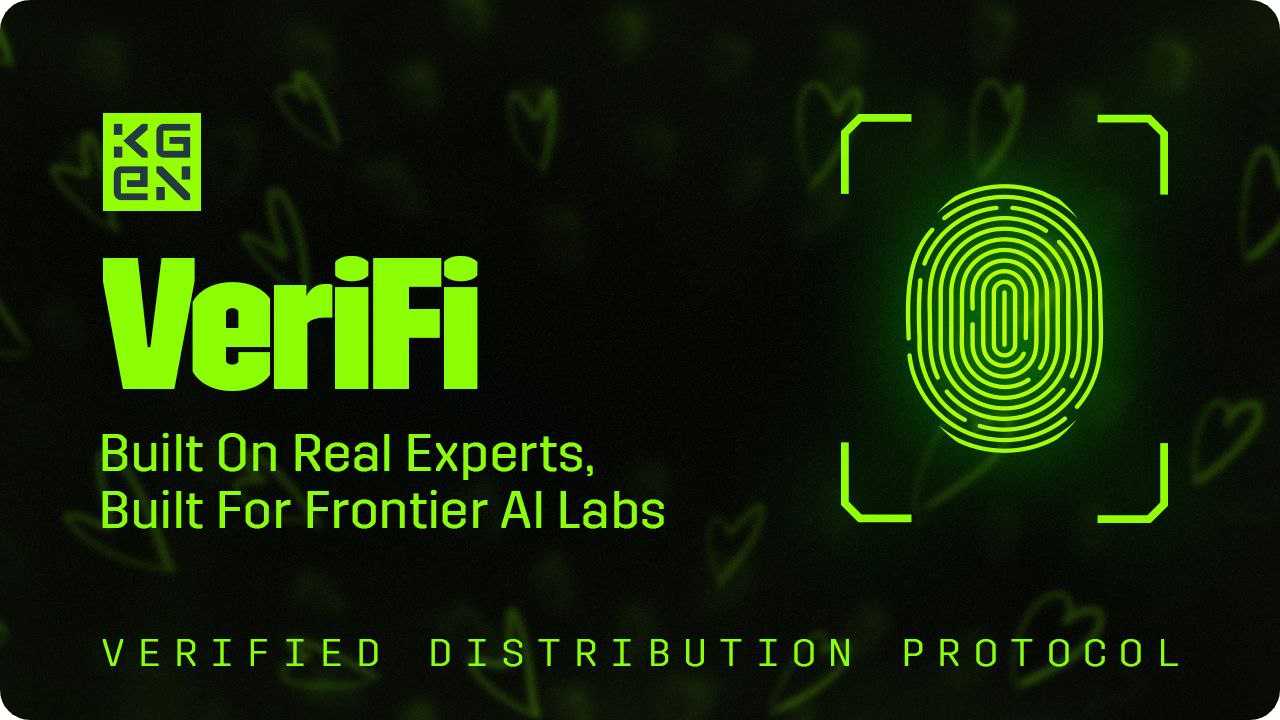
KGeN is building the world’s largest Verified Distribution Protocol, a.k.a VeriFi — delivering AI & Human Data-driven intelligence through KAI. With over 200+ enterprise partners, and global human-verified data at scale, KGeN has achieved a massive $33.6M+ ARR as of July 2025.
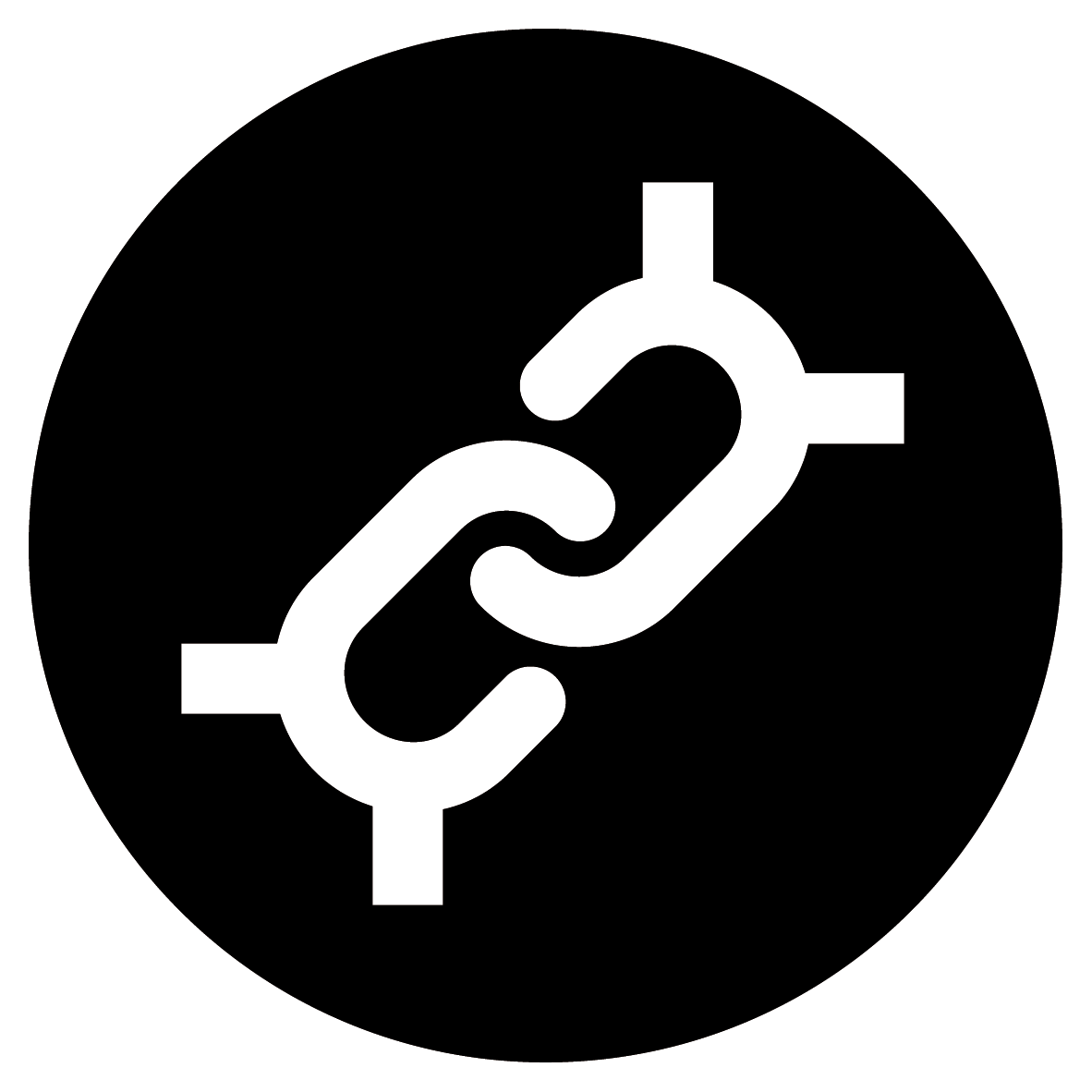



 Solana
Solana